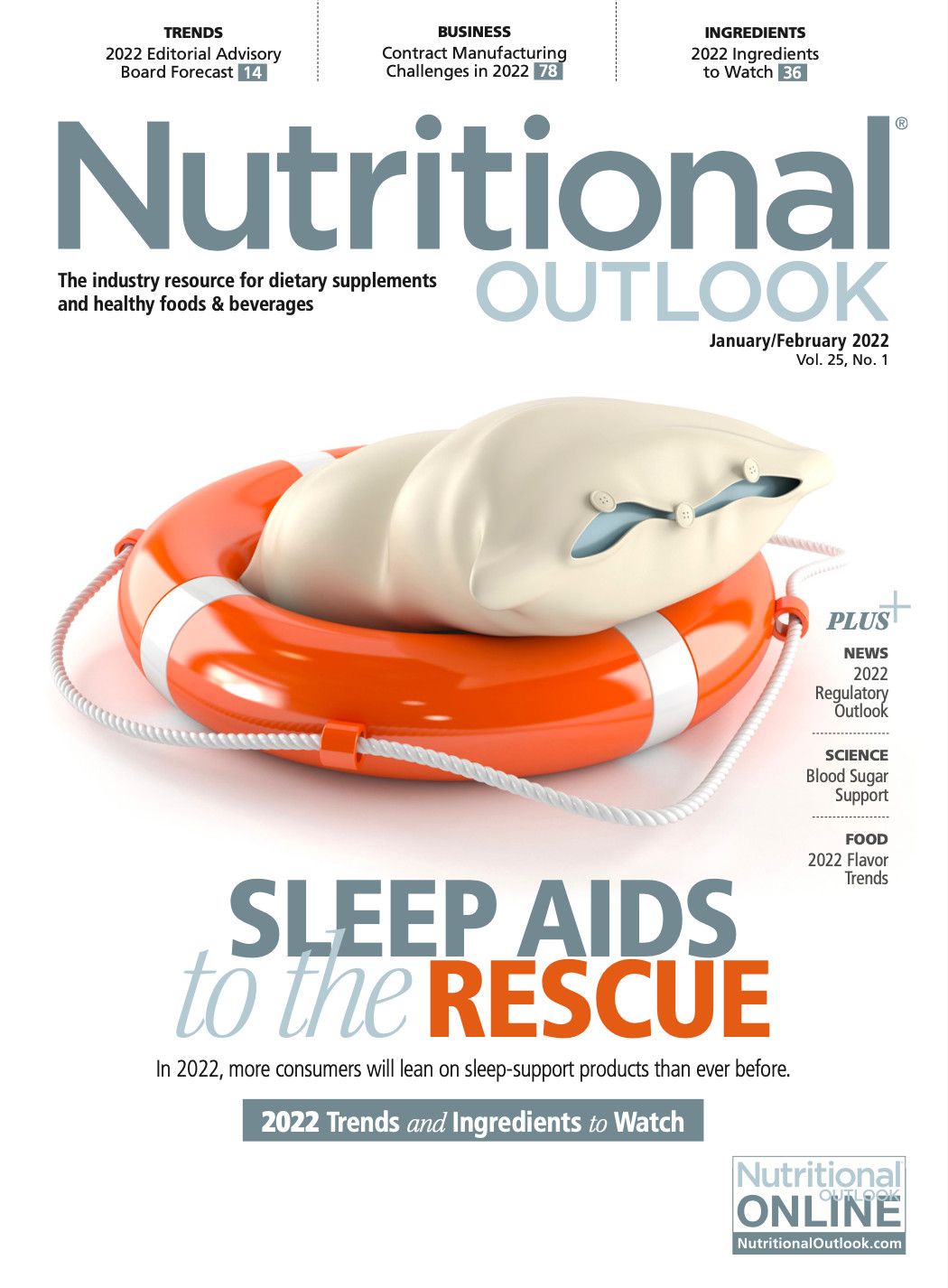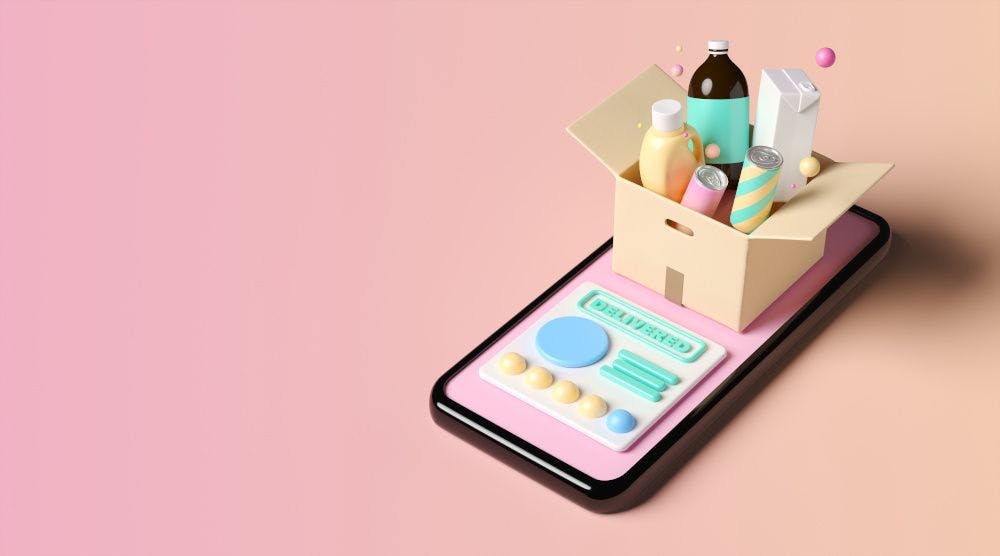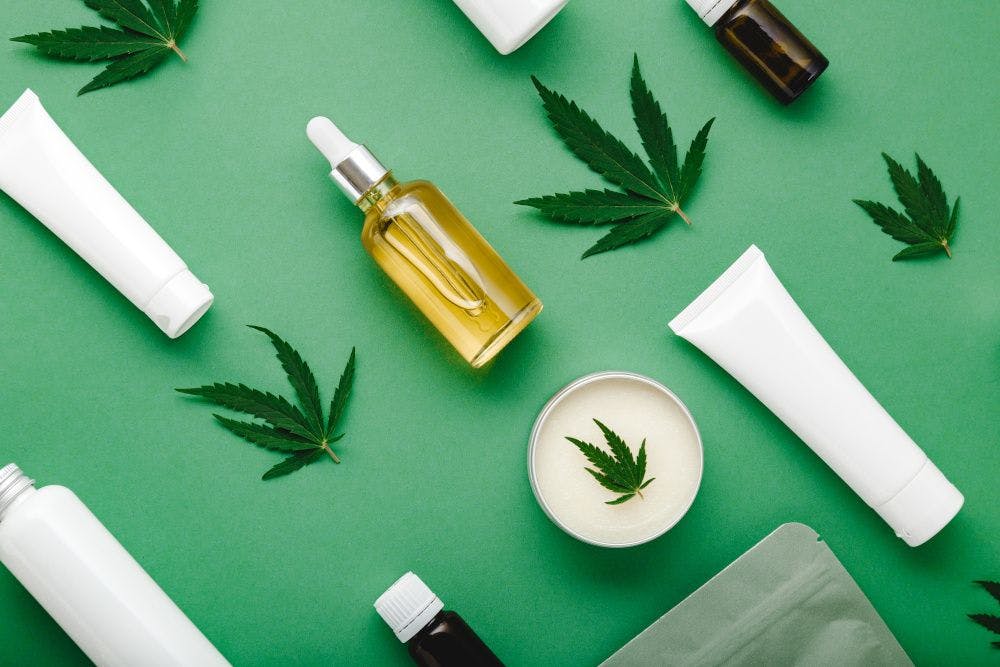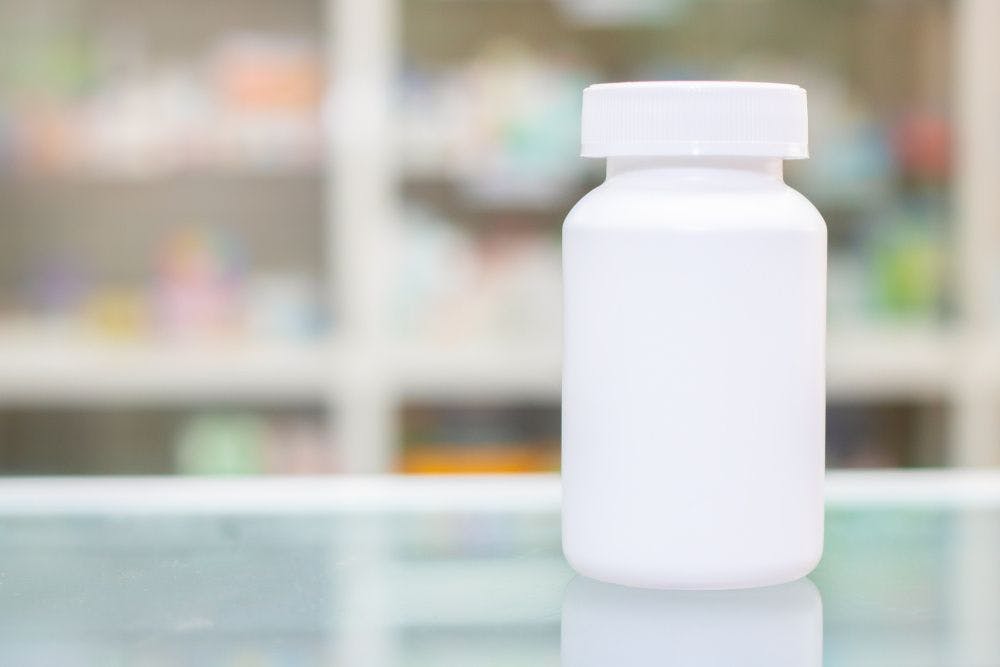Picture-perfect food: The toolbox for natural, clean-label food colors is bigger than you think
Whether for dairy- or meat-alternatives, clean-label colors are making what used to be impossible a reality.
Photo © Ronstik - Stock.adobe.com

It’s well known that consumers eat with their eyes and that the aesthetics of a food or drink—most notably its color—heavily influence purchase decisions. There is also a growing discomfort with artificiality in food because of the negative connotation we have with chemicals. This has posed a challenge for food formulators: they need to accommodate consumers with clean-label products while also providing something vibrant and engaging in color. Luckily, suppliers of clean-label colors have made huge strides in this area and continue to innovate. Here’s what you need to know to keep up with your consumers.
Food as Experience
Our relationship with technology has had such a pervasive influence on our lives, including how we eat. Through social media, all people now have a public-facing existence that involves sharing huge, as well as mundane, moments with our friends. Food is something we can all connect with.
“We spend more time taking photos of our food than ever before—and then, of course, share it on social media. Color plays a major role here. Food must be vivid, bright, and exciting to be worthy of sharing,” says Jessica O’Sullivan-Munck, global communications and media manager, Oterra (Hørsholm, Denmark). “At the same time, there’s an increasing demand for ingredient transparency; consumers don’t want to compromise on naturality. Food and beverages must look good and be all-natural. This is where clean-label colors come in. They deliver on both.”
“The clean-label trend is ongoing, but we see that consumers are looking for even more label transparency—for example, the provenance of ingredients,” she continues. “Consumers want ingredients to be instantly recognizable and understandable and know exactly where they come from.”
One of the more recent food experiences the public is enjoying collectively is how uncannily “real” plant-based meats have become. Somehow, food formulators have figured out how to make plant-based burgers bleed! Of course, clean-label color solutions play a huge role in accomplishing meat-like aesthetics.
“Plant-based foods have seen a dramatic rise in recent years, with appearance and visual appeal playing a significant role for consumers when choosing these products,” explains Nathalie Pauleau, global product manager for natural colors, Givaudan (Geneva, Switzerland). “From the beginning, natural colors were identified as a basic requirement for new product development in this category. Natural colors are overwhelmingly preferred because they fit well with the main drivers of this market, which are health, sustainability, and ethical concerns.”
For industry, she says, “This demand has driven innovation in natural color solutions to address the specific challenges of both plant-based meat and alternative dairy. For example, around 95% of new colored meat-alternative product launches contain color solutions from natural sources, and more specifically, from plant-based coloring foods.”
For example, natural brown and red color solutions help recreate that authentic transition from red to brown during the cooking process, says Pauleau.
Nothing Is Impossible
There are no one-size-fits-all solutions when it comes to clean-label colors. Many different factors should be considered when adding color to a product.
“One of the major differences between synthetic colors and natural colors is the way they can be used in food products,” says Pauleau. “While artificial colors are stable in many light and heat conditions, natural colors have different stability within different food process parameters, and it is important to recognize that not all natural colors are suitable for every product development. Formulators must ask themselves, ‘What are the process parameters to take into consideration (heat treatment, pH variations)? What are the other ingredients in the formulation? Will the finished product be exposed to light? What shelf life is expected?’”
Take a natural red pigment used in a strawberry ice cream, Pauleau says, which would differ from one used in a red fruit drink because of the temperature of the ice cream and the acidity of the fruit juice.
While using clean-label colors can be complex, do not be discouraged, because huge technological innovations have made many potential concerns irrelevant. “There are a few unfounded myths in the industry that implementing natural colors is difficult,” says O’Sullivan-Munck. “These include stability issues, lack of vibrancy and shades variety, off-flavor, variations from batch to batch, and the idea that they may be hard to work with. However, with continuous innovation within the natural colors industry, these misconceptions no longer hold true.”

Prinova acquires Aplinova to further increase its footprint in Latin America
April 7th 2025Prinova has recently announced the acquisition of Brazilian ingredients distributor Aplinova, which is a provider of specialty ingredients for a range of market segments that include food, beverage, supplements, and personal care.

























